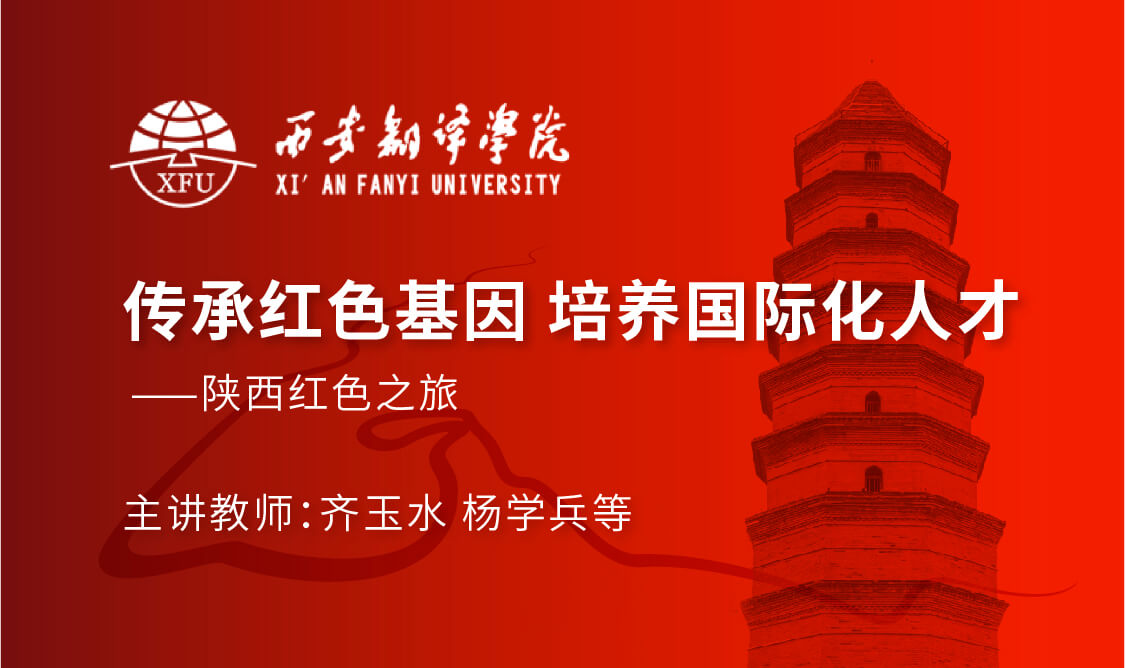
当前课程知识点:Production Engineering > Chapter 7 Water Injection > 7.1 Water Injection System > 7.1.2 Introduction of Water Injection System
返回《Production Engineering》慕课在线视频课程列表
返回《Production Engineering》慕课在线视频列表
同学们好
本节我们学习注水系统
这是一个完整的注水系统的流程
整个注水系统 在进入注水站之前
对于不同水源的水 要进行相应的处理
达到水质标准之后进入到注水站
然后通过配水间和注水井
注入到井下去
注水站是整个注水系统的关键环节
它的作用有两个
一个是通过注水井增压
来泵入到各个注水井中
另外一个就是要满足注水量的要求
也就是通过注水站
能够对注入水压力提高
而且有足够量的水提供
注水站的流程有以下各个环节
进站以后的水 通过计量 水质处理
进入到储水罐 然后通过注水泵
将一定量的水注入到各个井下去
这就是一个注水站的主要设备
注水压力是如何确定的呢
这里面我们介绍两个方面的原则
首先对多层的油藏进行混注的时候
我们应该是以各个油层均能够完成配注量
它的最高压力作为依据的
也就是要 就高 不就低
另外一个 注水的时候
每一个注水站 是要管辖一系列的注水井
对于地形起伏较大的时候
考虑注水站与注水井之间的
压力损失是我们确定注水压力的
另外一个非常重要的原则
注水压力确定了之后
我们要有一定的注水量的保证
那么每天总注入的注水量
是如何来确定的呢
一般是采用这样一个公式进行计算
也就是说根据产油量 根据注采比
进行一定的体积校正
同时考虑到洗井以及附加用水的情况
得到每天总的注入量的大小
从注水站出来的水进入到配水间
配水间的主要作用就是为了调节控制
和计量各个注水井的注入量的
配水间中的主要设施包括了
管汇 压力表和流量计
从配水间出来 就要进入到各个注水井
注水井是由井口装置及注水井筒组成的
它提供了注入水进入到地层的通道
通过井口装置的切换
可以实现注入方式的正注或者是反注
从油管中注入的 我们称为正注
如果从油套环空注入 我们就称为反注
对于多层油藏来说
我们可以通过注水管柱的改变
实现合注 或者是分注
也就是说 如果多层油藏
共用一个压力注入的话
我们就称为合注方式
而对于大部分的油藏
我们如果进行精细化的管理
就需要分油层进行分注
这样我们就可以实现
每个油层有自己的注入压力和注水量大小
这就是本节介绍的主要内容
同学们再见
-1.1 Main Tasks of Production Engineering
--1.1 Main Tasks of Production Engineering
-1.2 Flow in Production System
--1.2 Flow in Production System
-Problems
--Chapter 1 - Problems
-2.1 IPR Curve and Well Productivity
--2.1.1 Single-Phase Oil Inflow Performance Relationships
-2.2 Vogel's IPR and Applications
--2.2.2 Determination of IPR Curves Using Vogel's Equation
--2.2.3 Skin Factor and Flow Efficiency
--2.2.4 Extension of Vogel's Equation for Non-Complete Wells
--2.2.5 Combination Single-Phase Liquid and Two-Phase Flow
-Problems
--Chapter 2--Problems
-3.1 Two-Phase Flow in Wellbore
--3.1.1 Flow Regimes in Vertical Flow
-3.2 Two-Phase Vertical Flow Pressure Gradient Models
--3.2.1 Two-Phase Pressure Gradient Equations
--3.2.2 Predicting Gas-Liquid Flow Regimes Using the Okiszewski Correlation
--3.2.3 Pressure Gradient Calculation Using the Okiszewski Correlation
-3.3 Vertical Lift Performance
--3.3 Vertical Lift Performance
-Problems
--Chapter 3--Problems
-4.1 Nodal Analysis Approach
--4.1.2 Solution Node at Bottom of Well
--4.1.3 Solution Node at Wellhead
-4.2 Flow through Chokes
--4.2.2 Solution Node at Choke
-Problems
--Chapter 4--Problems
-5.1 Principles of Gas Lift
--5.1.2 Initial Kick-off of Gas Lift
-5.2 Gas Lift Valves and Gas Lift Completions
-5.3 Gas Lift Design
--5.3.1 Gas Lift Design for Specific Production Rate
--5.3.2 Gas Lift Design for Specific Injection Rate
--5.3.3 Kick-off Procedure with Unloading Valves
--5.3.4 Design Depths of Unloading Valves
-Problems
--Chapter 5--Problems
-6.1 Introduction of Surface and Downhole Equipment
-6.2 Operating Principle of Sucker Rod Pumps
-6.3 Pumping Unit Kinematics
--6.3.1 Motion of Polished Rod-Simple Harmonic Motion
--6.3.2 Motion of Polished Rod-Crank and Pitman Motion
-6.4 Polished Rod Load
--6.4.3 Peak Polished Rod Load and Minimum Polished Rod Load
-Problems
--Problems for chapter 6: Sucker Rod pumping I
-6.5 Calculation of Counterbalancing, Torque and Power
--6.5.1 Balance of Pumping Unit
--6.5.2 Counterbalancing Calculation
--6.5.3 Torque and Torque Factor
-6.6 Volumetric Efficiency of Pump
--6.6.2 Gas Effect on Pump Performance
--6.6.3 Measures of Enhancing Pump Volumetric Efficiency
-6.7 Design of Pumping System
--6.7.1 Strength Calculation and Design of Sucker Rod Strings
--6.7.2 Design Procedures of Pumping System
-6.8 Analysis of Sucker Rod Pumping Well Conditions
--6.8.1 Acoustic Surveys and Analysis of Annular Liquid Levels
--6.8.2 Introduction of Dynamometer Card
--6.8.3 Typical Dynamometer Cards
-Problems
--Problems: Chapter 6: Sucker Rod Pumping (II)
-7.1 Water Injection System
--7.1.1 Water Resources and Water Treatment
--7.1.2 Introduction of Water Injection System
-7.2 Injectivity Analysis
--7.2.1 Injectivity and Injectivity Index Curves
-7.3 Injection Tubing String
--7.3 Introduction of Injection Tubing Strings
-7.4 Analysis and Application of Injectivity Index Curves
--7.4.1 Analysis of Injectivity Index Curves
--7.4.2 Injection Choke Deployment
-Problems
--Chapter 7--Problems
-8.0 Introduction
-8.1 The Fracturing of Reservoir Rock
--8.1.1 Basic Rock Mechanics Parameters
--8.1.4 Fracture Initiation Conditions
-Problems
--Chapter 8(I)--Problems
-8.2 Fracturing Fluids
--8.2.2 Fluid-Loss Properties of Fracturing Fluids
--8.2.3 Rheological Properties of Fracturing Fluids
-8.3 Proppants
-8.4 Hydraulic Fracturing Design
--8.4.1 Productivity Index of Hydraulic Fracturing Wells
--8.4.2 Fracture Geometry Models
--8.4.3 Design Procedure for Hydraulic Fracturing
-Problems
--Chapter 8(II)--Problems
-9.0 Introduction
-9.1 Carbonate Acidizing
--9.1.1 Mechanism of Carbonate Acidizing
--9.1.2 Effect Factors of Reaction Rate
--9.1.4 Effective Distance of Live Acid
-9.2 Sandstone Acidizing
--9.2.1 Mechanism of Sandstone Acidizing
--9.2.2 Mud Acid Treatment Design
-9.3 Acidizing Treatment Technologies
--9.3.2 Acidizing Treatment Operations
-Problems
--Chapter 9--Problems
-Final Exam
